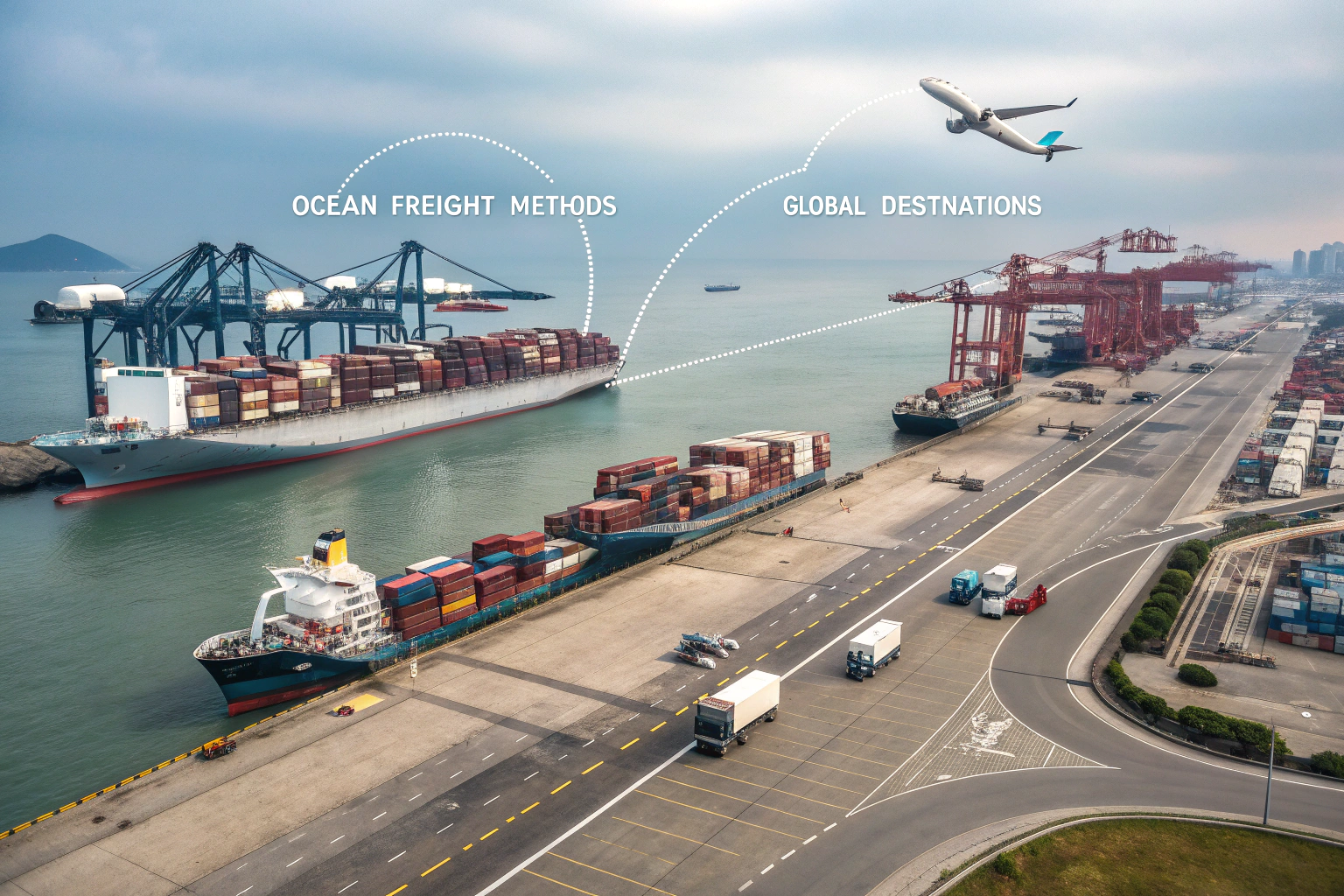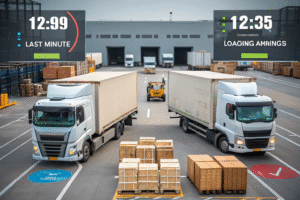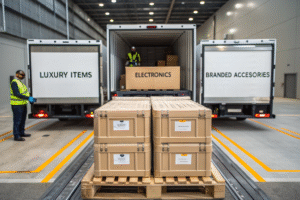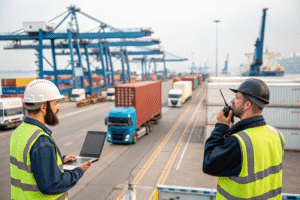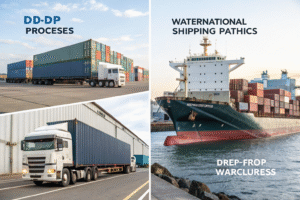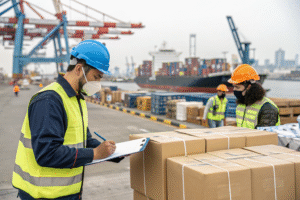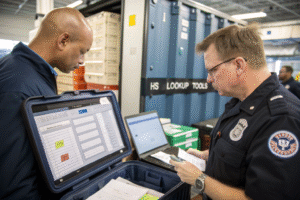Shipping from China doesn’t have to drain your budget—if you pick the right freight method. Many importers make the mistake of choosing either the fastest or the cheapest blindly, without understanding how freight cost is actually calculated.
The most cost-effective freight method from China depends on your product volume, delivery urgency, and destination. A good freight forwarder doesn't just quote rates—they guide you to make smarter trade-offs that reduce total landed costs.
In this article, I’ll break down each method—air, sea, rail, and multimodal—and show you when each becomes the best value for money. As a seasoned forwarder with routes across North America and Europe, I’ll help you ship smarter, not just cheaper.
When Is Sea Freight the Cheapest Choice?
Sea freight is often the lowest cost per unit, especially for large, non-urgent shipments. If you’re importing full containers or even consolidating small batches, ocean freight wins in overall affordability.
For volumes above 2 CBM, sea freight offers unbeatable value, even when accounting for longer transit times. That’s why it remains the top choice for bulk clothing, accessories, and general merchandise.
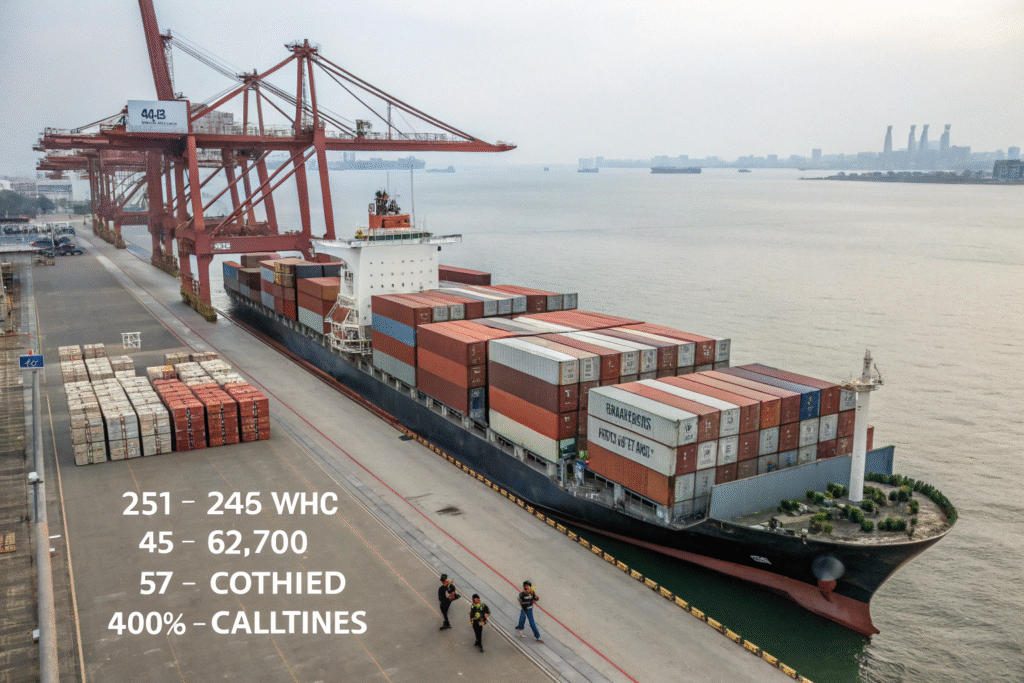
Why Is FCL Sea Freight the Most Economical for Bulk Orders?
FCL (Full Container Load) gives you exclusive use of a container—usually 20ft or 40ft. This eliminates consolidation fees and reduces damage risk. Most importantly, you pay a flat rate regardless of whether the container is fully loaded.
Current rates from China to the U.S. West Coast (July 2025) can be as low as $2100 per 40ft HQ. That’s about $0.08 per kg for garments—a fraction of the cost of air freight.
We track index rates from Drewry and Freightos to optimize booking windows for our clients.
When Is LCL Still Worth It?
LCL (Less-than-Container Load) is cost-effective for small and medium businesses who don’t have full container volumes but still want ocean pricing. You share space—and costs—with other shippers.
While LCL adds consolidation and deconsolidation charges, it still comes out cheaper than air when cargo exceeds 2 CBM or 500 kg.
We consolidate LCL shipments weekly from ports like Shenzhen, Ningbo, and Qingdao to Los Angeles and Rotterdam. Using platforms like Flexport helps us ensure transparency and competitive rates.
What About Air Freight for Light, High-Value Items?
Air freight is the fastest but most expensive option. That doesn’t mean it’s not cost-effective—it depends on what you’re shipping.
If your product is lightweight, high-value, or time-sensitive, air freight can be the best investment. It keeps your inventory lean and allows you to react to market demands faster.
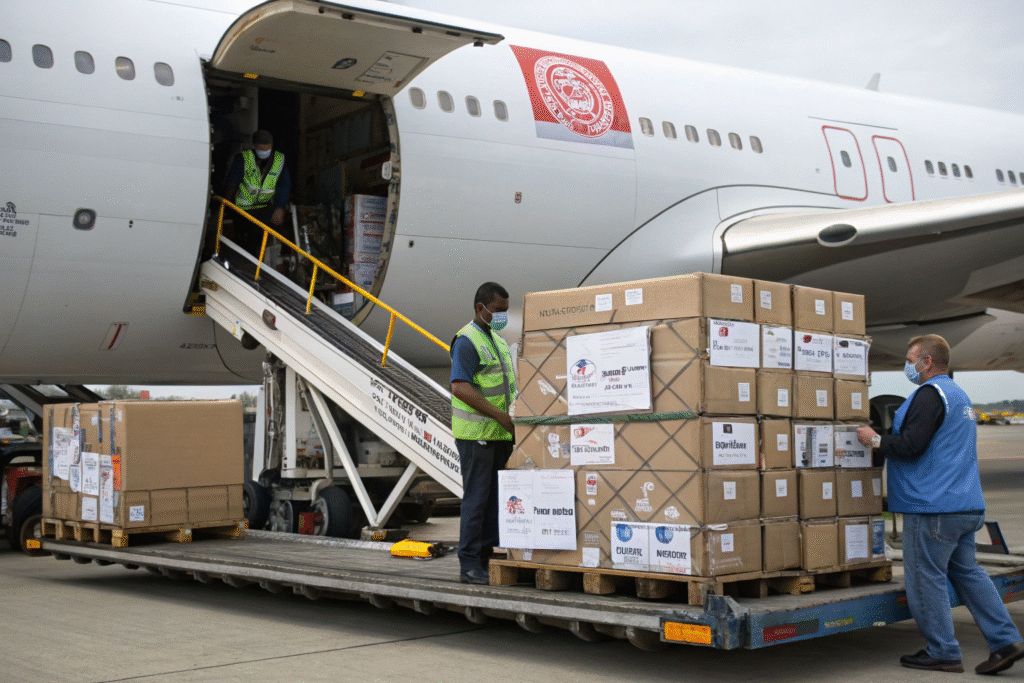
What’s the Break-Even Point for Choosing Air Freight?
If your shipment is under 300 kg and urgently needed, air freight may be more economical than delaying your retail schedule.
Take apparel dropshipping or influencer campaigns. Missing a launch window may cost more in lost sales than spending $800 on air freight for 150 kg.
We use express services with DHL Aviation or Cainiao Logistics for tight turnaround orders.
How Can Air Freight Be Optimized for Cost?
We optimize packaging to reduce volumetric weight, consolidate multiple factories into one pickup, and work with tiered service providers.
Platforms like Parcel Monkey or Shippo help estimate zone-based charges, but we offer consolidated air channels from Guangzhou and Yiwu to JFK, ORD, and LAX at discounted rates.
We also advise using air for samples or pilot batches—before scaling up via ocean freight.
Is Rail Freight a Viable Middle Ground?
Rail freight is growing fast between China and Europe, especially for inland destinations. It’s cheaper than air and faster than sea—making it a perfect compromise for mid-volume shipments.
If you ship to Germany, Poland, France, or Spain, rail freight can cut 50% off transit time while still saving 30–40% compared to air.
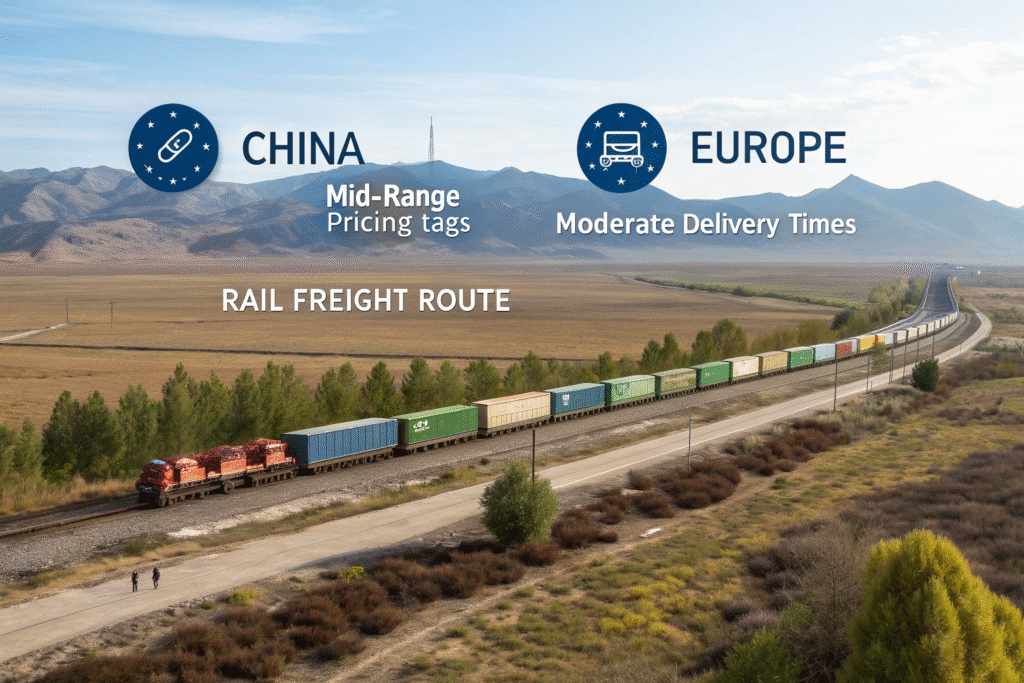
What Is the Transit Time and Cost Comparison?
From Xi’an to Hamburg by train takes 18–22 days versus 35–45 days by sea. Costs range between $0.35–$0.60 per kg depending on the route and space demand.
Rail is best for fashion, automotive parts, and accessories—not perishable goods. We work with China Railway Express and DB Schenker to secure space weekly.
What Are the Limitations of Rail?
Rail freight has capacity and route limitations. Not all destinations are accessible, and customs procedures across countries can slow down non-containerized goods.
Still, if you’re shipping to Central or Eastern Europe, it’s a game-changer. We even offer intermodal shipping (rail + truck) to reach places like Vienna or Zurich seamlessly.
Can Multimodal Freight Offer the Best of Both Worlds?
Multimodal shipping combines two or more methods (e.g., truck + sea, rail + truck) to improve flexibility and lower total costs.
If your goal is cost-effective yet time-sensitive delivery, this hybrid method often delivers the best ROI. It gives you route flexibility and access to inland delivery hubs.
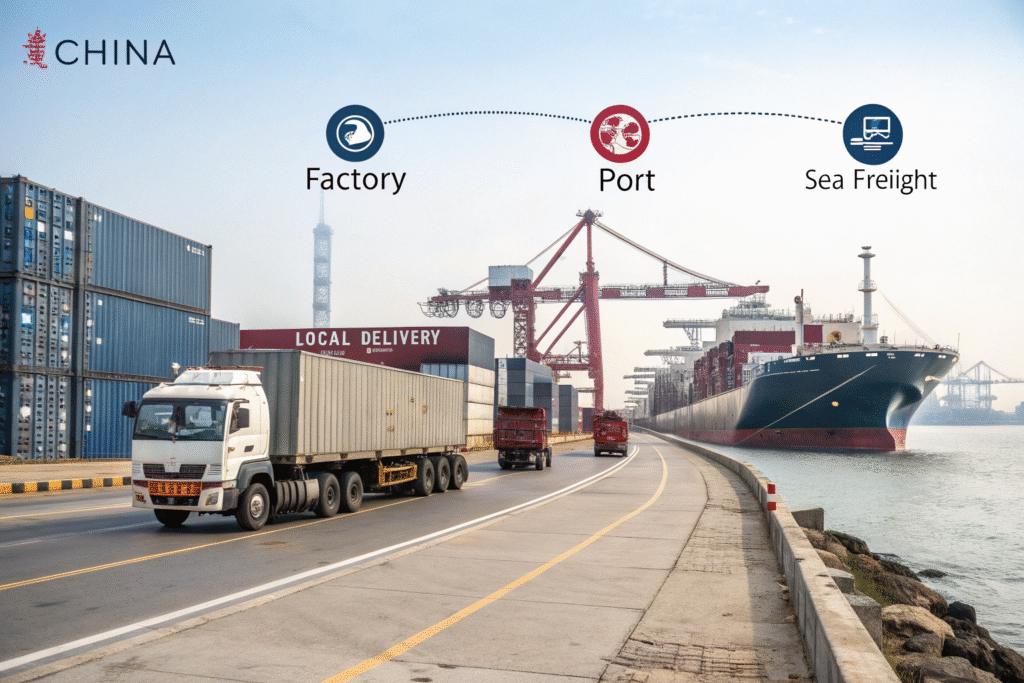
How Does Multimodal Lower Costs?
For example, instead of shipping from Shenzhen port (often congested), we truck goods to Nansha or Yantian, then use ocean freight to LA, and final-mile delivery by rail to your Midwest warehouse.
This spreads costs more efficiently and lets you bypass congestion or port surcharges. You save time and reduce warehousing fees at destination.
We use Project44 and FourKites for real-time route optimization in our multimodal freight planning.
Who Benefits Most from Multimodal Shipping?
Retailers with DCs in non-coastal U.S. cities, fashion brands with staggered release schedules, or B2B clients managing inventory via JIT (just-in-time) all benefit from multimodal.
This is especially effective when we handle DDP shipping where all customs and delivery are included. It allows clients to budget with certainty.
Conclusion
So what’s the most cost-effective freight method from China? It depends—but it’s rarely a one-size-fits-all answer. At GeeseCargo, we evaluate your product type, urgency, budget, and risk tolerance to propose the smartest shipping strategy.
Sea freight wins for volume. Air freight wins for speed. Rail freight balances both for Europe. And multimodal? That’s our hidden weapon for clients seeking the best of both worlds.
Want to know what suits your next shipment best? Contact us for a tailored route and cost plan based on your real needs—not just rates.
Let us help you ship smarter.
